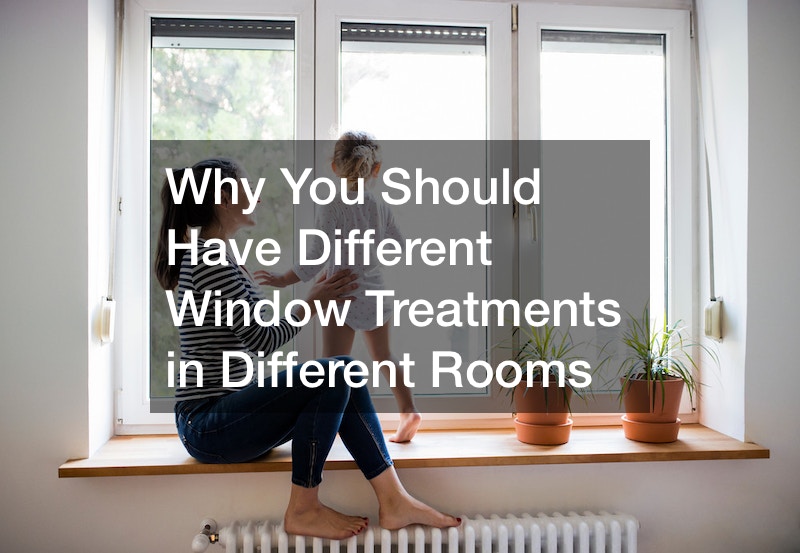
Khu U reviews six types of window treatments, the choices by type, their advantages by applications, and her preferred treatment for each room in the house.
Per Khuu, drapery panels are lined with another fabric, while curtains are unlined, making drapery panels more formal. Both come in light filtering or blackout versions at different opacity levels.
Sheers are a subset of curtains that provide a light, gauzy feel.
Shades are mountable inside or outside the window and come in various fabrics and materials.
Blinds also come in many varieties, from plastic to fabric and formal wood versions.
Khuu does not like shutters but understands their functionality in some applications.
She believes the right window treatment depends on their purpose: privacy, color, light control, softness, or ease of operation.
She prefers sheets layered with drapery or curtain panels for bedrooms.
Bathrooms and kitchens need light and easy-to-clean or launder treatments, so she likes Roman shades for bathrooms and shades for kitchens.
Sheers are great for living rooms for privacy, especially when layered with curtains or drapes.
Curtains and drapery panels mounted near the ceiling help elongate the dining room and work well with sliding patio doors.
She likes shades covering only the windows for French doors, while offices need light during the day and privacy at night.





